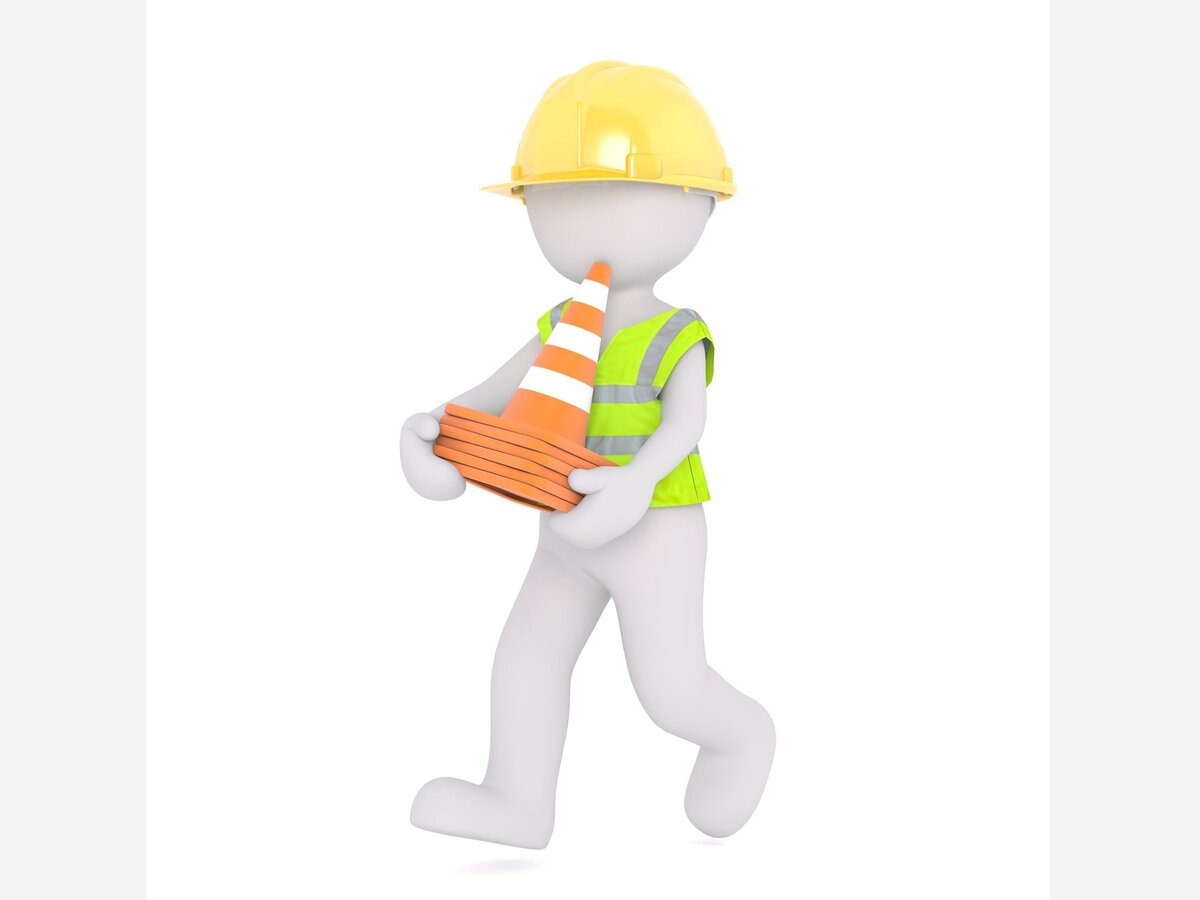Image


The first blasting - a test blast - for breaking into ground at the Hanlon-Deerfield Building Project is planned for Friday, September 2, 2022, said Andy Dufore of Maine Drilling & Blasting (MD&B) in an August 29, 2022 presentation to demystify the blasting process. There could be a change of date within a one to two day time period, noted Mr. Dufore. He made the presentation to members of Westwood’s Permanent Building Committee and School Committee, project architects, and others who appear to be involved in the school building project planning, and a recording of the presentation is available online for public viewing.
Mr. Dufore is a division manager of MD&B and is responsible for all Massachusetts construction activity. He will be supervising this project. All abutters and others who would like to receive prior notification of blasting by text, phone call, or email should call “Esta” at 508-478-0273, he said. That is the number for the company’s New England Quarry South Division headquarters.
The schedule of blasting, once production blasting begins, will continue each day, Monday through Friday, with an anticipated goal of two blasts a day, said Mr. Dufore. The plan is to have the blasting occur at a similar time each day, between 10 a.m. to 3 p.m. to help establish expectations with the project.
According to Mr. Dufore, before and after blasting, protocol will be for three audible warning signals to be issued at the site, which can be heard within 250 feet of the blast. The first audible signal will pulse 5 minutes ahead of the blast. The second signal will give an audible pulse 1 minute ahead of the blast. Then, after the blast, an audible signal of one pulse will indicate that all is clear. The signals are mainly for safety of the workers on site, said Mr. Dufore, but people in the vicinity may be able to hear them.
Mr. Dufore noted that a firefighter from Westwood Fire Department will be on site for every day of blasting, and will take a seismograph record of the ground response and air response. The experience of the ground response will be felt vibrations, and the air response can be described as “distant thunder.”
The regulatory requirements for blasting are set at 133 decibels, an “annoyance level,” rather than the higher 140 decibels, the level considered safe, noted Mr. Dufore. He also noted that the regulatory limit for ground response vibrations is 2.0 inches per second. However, most homes can tolerate levels of 5.0 inches per second or more, he said. The lower regulatory threshold has been set in consideration of the weakest construction material, which is considered lathe on plaster construction.
Mr. Dufore’s presentation included a description of the planning process and safety measures his company has undertaken in preparation for blasting, which includes identifying potential hazards along with offering a property survey to residents within 250 feet of the planned blasting. The goal of the property survey is to identify pre-existing conditions of property and structures, documenting existing conditions.
It is not uncommon for homeowners to find previously existing but unnoticed property defects after blasting begins, which are then attributed to the blasting, said Mr. Dufore. The pre-blast surveys will help clarify when pre-existing defects should not be attributed to the project, he said.
People who believe that blasting has damaged their properties can file a regulatory review from with the Westwood Fire Department within 30 days of blasting, Mr. Dufore noted. The form, FP-296,
is available from WFD and is on the Department of Fire Services website under Fire Safety Division Forms and Applications.
MD&B has a live video feed of construction of the new school building, available at http://senserasystems.com/public/project/Hanlon.